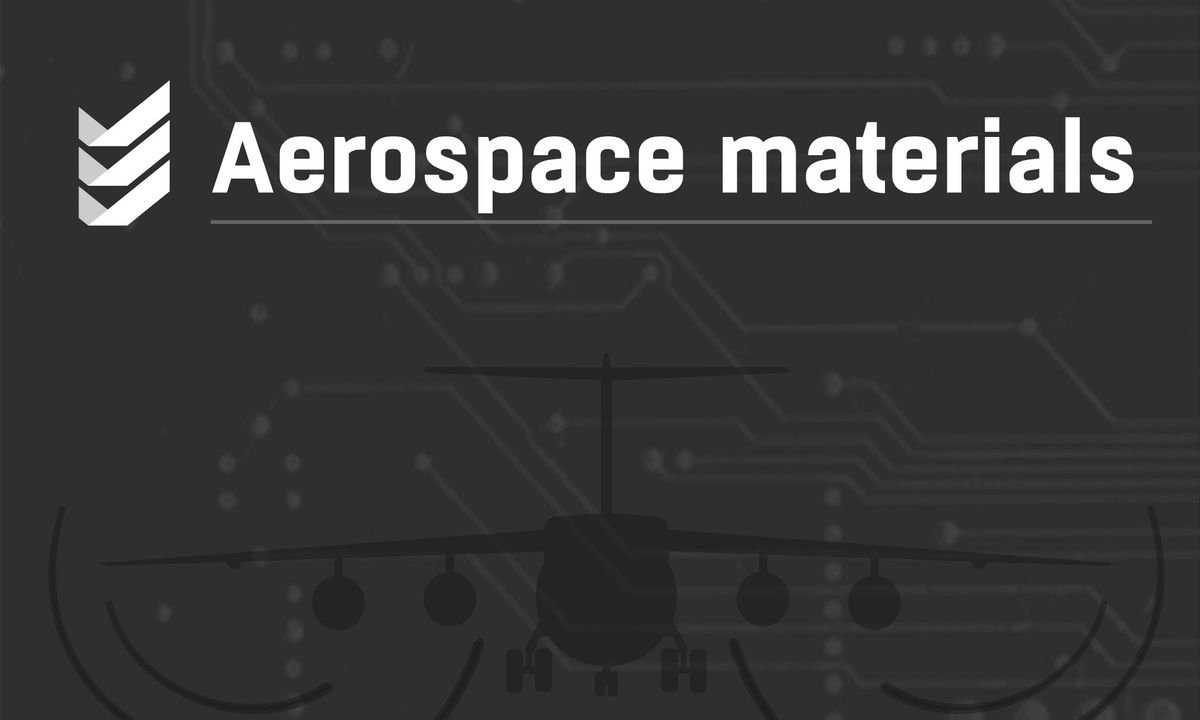GRATIS
Tomsk State University vía Coursera
GRATISAerospace materials
Acerca de este curso
- Introduction to the course "Aerospace materials"
- Module 1. Machining of metals
- This module will introduce you to the classification of aerospace materials. You will learn about the requirements for these materials.
Technologies always affect the structure and properties of materials. You will learn about the main forming technologies (metal forming, hot and cold working, and machining) and their effects on the structure of aerospace materials. Phenomena that accompany the machining operations will be examined as well. - Module 2. Aluminum and aluminum alloys
- This module will introduce you to aluminum alloys, which are crucial aerospace materials. Aluminum alloys were the first to be used in the manufacture of aircraft. The use of aluminum in revolutionized the aircraft industry.
Its advantages are high manufacturability and specific strength (the ratio of maximum stresses to weight).
We will study various classifications and designations of aluminum alloys as well as the basics of heat treatment. We will learn how alloying elements affect the structure and properties of aluminum alloys. - Module 3. Titanium and titanium alloys
- We will learn about the role of titanium in the aircraft industry, its advantages and disadvantages for aerospace applications, the structure and properties of titanium alloys. We will examine promising titanium aluminides and shape-memory titanium alloys.
Titanium alloys have unique properties and are very promising as aerospace materials
Titanium alloys are used in heavily-loaded airframe sections, undercarriage parts, skins to high Mach speed aircraft, jet engines, and many other aircraft components requiring high strength, fracture toughness and resistance to fatigue, creep and corrosion.
These mechanical properties are superior to lightweight structural materials, including aluminum alloys and magnesium alloys. - Module 4. High strength steels
- This module will introduce you to high strength steels. Steel is used as an aerospace material, but to a lesser extent than titanium, aluminum, and composites. High strength steel cannot be replaced with other materials.
Advantages of using steel in highly-loaded aircraft structures include high stiffness, strength, fatigue resistance and fracture toughness.
In this part of the video course, we will deal with steels used in landing gear and other high-strength components, namely: maraging steels, medium-carbon low-alloy steels, and stainless steels. - Module 5. Powder materials
- This module will introduce you to powder metal materials and modern technologies used to manufacture them. Powders are used in the manufacture of complex parts or when increased heat resistance is required. "Sweating" highly porous materials are used to prevent icing on aircraft.
Metal powder compositions are of particular interest due to the rapid development of additive technologies. You will learn about the requirements for powders used in additive manufacturing. - Summing-up
- We told you about a variety of aerospace materials. Now imagine you are an aircraft designer. Do the final task.
Cursos relacionados

GRATIS Aprendiendo a aprender: Poderosas herramientas mentales…
Deep teaching solutions
Español

GRATIS Programación para todos (Introducción a Python)
University of Michigan
Inglés

GRATIS The Science of Well-Being
Yale
Inglés

GRATIS Negociación exitosa: Estrategias y habilidades esenciales
University of Michigan
Inglés

GRATIS Primeros Auxilios Psicológicos (PAP)
Universitat Autónoma de Barcelona
Español


